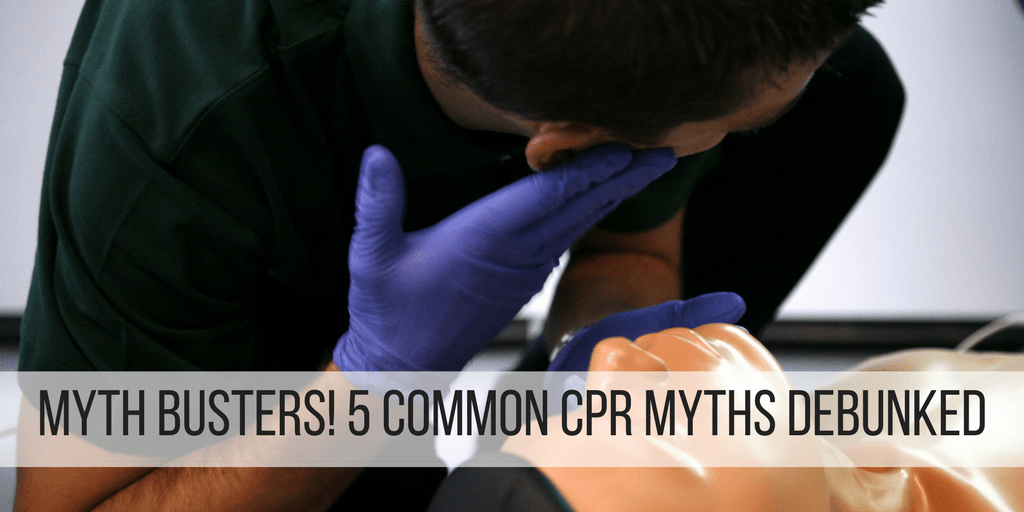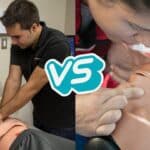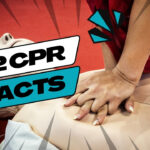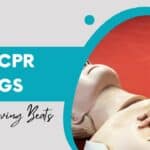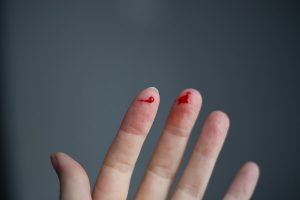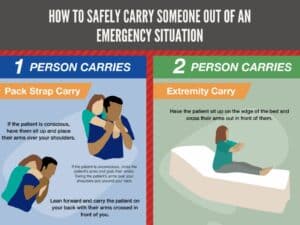Cardiopulmonary resuscitation (CPR) often proves to be the difference between life and death for sudden cardiac arrest (SCA) victims. As such, those who can administer the right combination of chest compressions and rescue breathing can increase the likelihood of an SCA victim’s survival.
CPR techniques may be used in a wide range of emergencies, including:
- Strokes
- Heart Attacks
- Traumatic Accidents
- Electrocution injuries
- Drugs and Poisoning
- Lack of Oxygen or Drowning
If an individual stops breathing or circulating blood, CPR can help restore circulation of oxygen-rich blood to the brain. Because without this blood, permanent brain damage or death may occur in a matter of minutes.
Clearly, CPR is critical to medical professionals and everyday citizens alike. And with the right CPR training, individuals can receive the insights they need to become CPR experts in their respective communities.
At SureFire CPR, we serve as one of Southern California’s leading providers of CPR classes. We are proud to offer many classes that focus on CPR, basic life support (BLS) and other life-saving techniques. With our extensive course offerings, we provide students of all ages and skill levels with the insights they need to deliver life-saving support from any location, at any time.
Of course, let’s not forget about our ongoing commitment to excellence in everything that we do – even debunking CPR myths that sometimes prevent individuals from understanding the true value of CPR training.
Now, let’s take a look at five common CPR myths and put them to rest once and for all.
-
If you administer bystander CPR, you risk being sued, regardless of what happens.
Good Samaritan laws are designed to provide legal support to individuals who administer CPR or first aid or use an automated external defibrillator (AED). They provide basic legal protection to those who help people who are injured or in danger.
The fear that an individual may be sued if he or she administers CPR to an SCA victim is unfounded. Under the Good Samaritan laws, an individual is protected in all 50 states and the District of Columbia. Therefore, this individual can legally administer CPR to those in need.
-
The best CPR training classes are available online.
Online CPR classes can make it simple for individuals to receive CPR training from the comfort of home. However, it is important to realize that online CPR training programs lack the hands-on lessons that can help students build confidence with CPR.
For example, an online CPR training program may feature videos and presentations that show students how to administer CPR correctly. Comparatively, a traditional CPR class ensures students can actually practice the compressions and build muscle memory that they can refer to in real life situations. Students also get to work with experienced instructors who know the ins and outs of CPR. These instructors can provide students with a blend of hands-on and classroom CPR training, and by doing so, help students become CPR experts in no time at all.
-
CPR classes won’t prepare you to deal with real world emergencies.
Let’s face it – simulating a life-threatening emergency can be difficult. Fortunately, CPR classes are available that help students gain the confidence they need to administer CPR in a large assortment of critical situations.
At SureFire CPR, we employ CPR instructors who serve as medical professionals, and these teachers include firefighters, EMTs, paramedics and registered nurses. Our instructors understand what it takes to administer CPR under duress and are happy to share their real world experiences with students. That way, students can receive unparalleled insights into how to deal with high-pressure situations and ensure they are better equipped than ever before to remain calm, cool and collected in emergencies. They will also create scenarios for you to practice performing CPR so that when you leave class you’ve already gone through the entire process and know the feelings.
-
You can contract HIV/AIDS if you perform CPR on an HIV-positive individual.
Many people are concerned about the risk of contracting HIV/AIDS if they perform mouth-to-mouth resuscitation on an HIV-positive individual. But those who understand the risks associated with HIV/AIDS are likely to see that there is minimal risk of HIV/AIDS infection.
According to the U.S. Department of Health & Human Services (HHS), only certain body fluids from a person who has HIV can be used to transmit HIV to another person. These fluids include:
- Blood
- Breast milk
- Pre-seminal fluids
- Rectal fluids
- Semen
In addition, HHS points out HIV is NOT transmitted by:
- Hugging, shaking hands or closed-mouth kissing with someone who is HIV-positive
- Saliva, tears or sweat that is not mixed with the blood of an HIV-positive person
- Through the air
Ultimately, the risk of contracting HIV/AIDS from performing CPR on an HIV-positive individual is limited. If a person knows how to administer CPR safely and properly, this individual may be able to help an HIV-positive person prolong his or her life. In addition, there are many barrier devices such as pocket masks and key chain masks that provide extra protection and limit the exposure to bodily fluids.
-
CPR works at all times.
CPR may work flawlessly in TV shows and movies. But in the real world, the success rate for CPR varies.
Recent research indicates about 40 percent of individuals who receive CPR after experiencing cardiac arrest in a hospital survive immediately following resuscitation, according to The New York Times. Meanwhile, between 10 percent and 20 percent of these individuals survive long enough to be discharged from a hospital, The New York Times reported.
With the right CPR training, an individual can boost his or her chances of administering CPR that delivers consistent results.
The American Heart Association (AHA) points out effective bystander CPR provided immediately after SCA can double or triple a victim’s chance of survival. Moreover, the AHA trains more than 12 million people in CPR annually, providing many Americans with the skills they need to perform bystander CPR.
Ready to learn what it takes to administer CPR? With SureFire CPR, anyone can learn how to perform CPR in even the most challenging situations.
SureFire CPR has been a top provider of CPR classes in Southern California for many years. Plus, we combine hands-on and classroom lessons, expert instructors and state-of-the-art equipment and technologies to provide students with unprecedented learning experiences.
Perhaps best of all, SureFire CPR won’t take shortcuts when it comes to CPR training. Instead, we allocate the necessary time and resources to teach students the CPR skills they need to succeed. As a result, students can become CPR-certified and use their training to help save lives in their respective communities.
It doesn’t take long to become CPR-certified, either. To find out more about our CPR classes and other life-saving training programs, please contact us today at (888) 277-3143.

